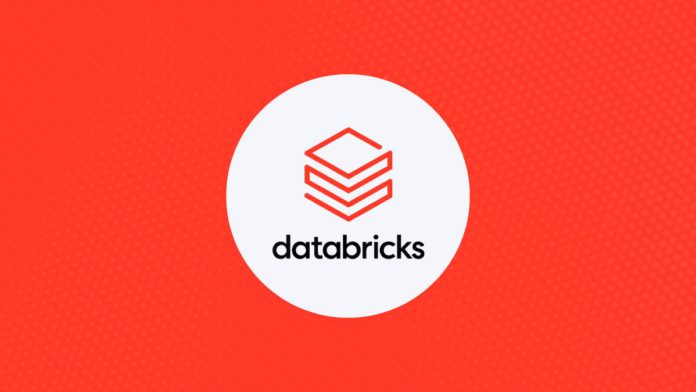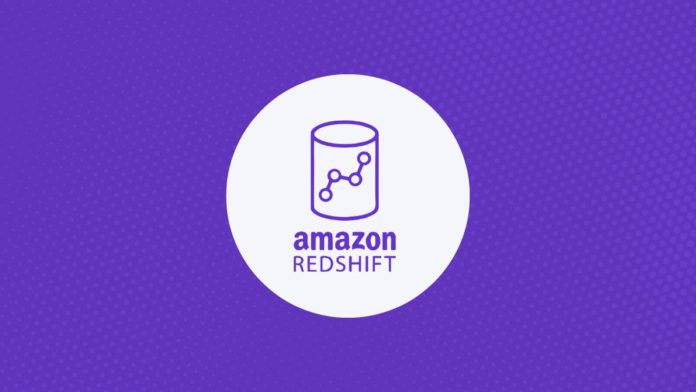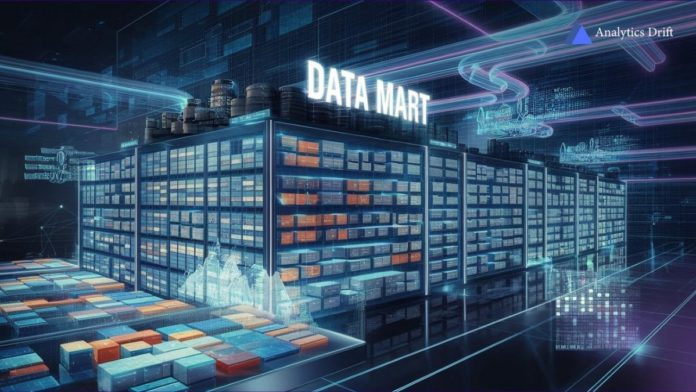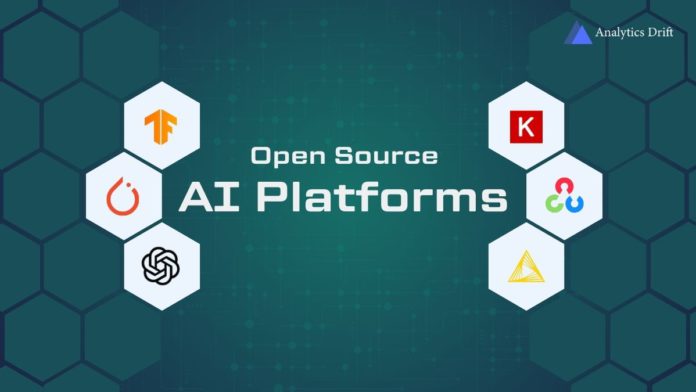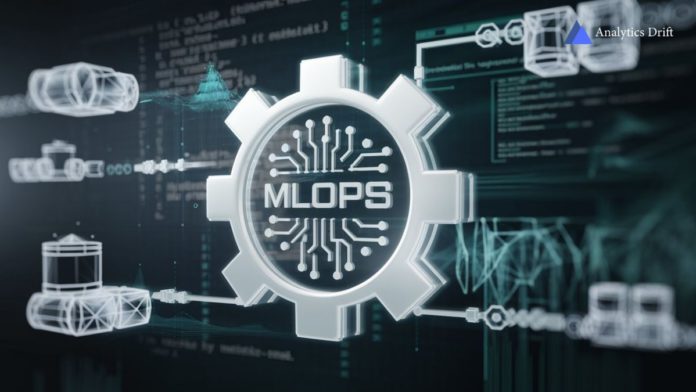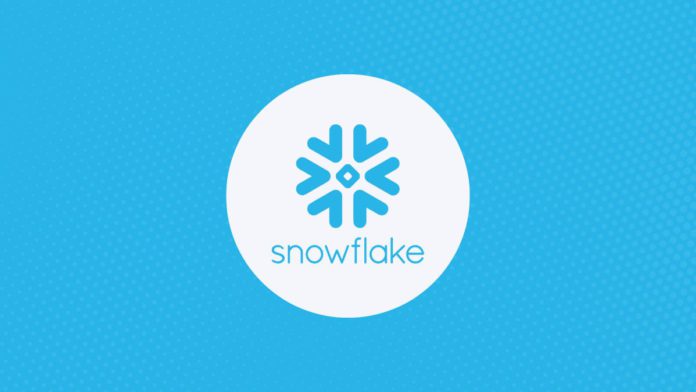Organizations rely on advanced tools to process, analyze, and manage data for effective decision-making. To keep up with the need for real-time analytics and data integration, it would be beneficial to utilize a platform that unifies data engineering, analytics, and ML.
Databricks is one such efficient platform that is designed to meet these needs. It helps process and transform extensive amounts of data and explore it through machine learning models.
In this article, you will learn about Databricks, its key features, and why it is a powerful solution for transforming your data into actionable insights.
What Is Databricks?
Databricks is an open-source analytics and AI platform founded by the original creators of Apache Spark in 2013. It is built on a cloud-based lakehouse architecture, which combines the functionalities of data lakes and data warehouses, delivering robust data management capabilities. The platform makes it easier for you to create, share, and manage data and AI tools on a large scale.
With Databricks, you can connect to cloud storage, where you can store and secure your data. Databricks also handles the setup and management of the required cloud infrastructure. This allows you to focus on extracting insights instead of dealing with technical complexities.
What Is Databricks Used For?
Databricks provides a unified platform to connect your data sources; you can process, share, store, analyze, model, and monetize datasets. Its capabilities enable a wide range of data and AI tasks, including:
- Data processing, scheduling, and management for ETL.
- Generative dynamic dashboards and visualizations.
- Managing data security, governance, and disaster recovery.
- Data discovery, annotation, and exploration.
- Machine learning modeling and model serving.
- Generative AI solutions.
Key Concepts of Databricks
By understanding the key concepts of Databricks, you can efficiently utilize it for your business operations. Here are some of its core aspects:
Workspace
Workspace is a cloud-based environment where your team can access Databricks assets. You can create one or multiple workspaces, depending on your organization’s requirements. It serves as a centralized hub for managing and collaborating Databricks resources.
Data Management
Databricks offer various logical objects that enable you to store and manage data, which you can use for ML and analytics. Let’s take a look at these components:
- Unity Catalog: Databricks Unity Catalog provides you with centralized access control, auditing, data lineage, and data discovery capabilities across Databricks workspace. All these features ensure that your data is secure, easily traceable, and accessible.
- Catalog Explorer: The Catalog Explorer allows you to discover and manage your Databricks data and AI assets. These assets include databases, tables, views, and functions. You can use Catalog Explorer to identify data relationships, manage permissions, and share data.
- Delta Table: All the tables you create within Databricks are Delta Tables. These tables are based on Delta Lake’s open-source project framework. It stores data in a directory of files on cloud object storage and stores metadata in metastore within the catalog.
- Metastore: This component of Databricks allows you to store all the structural information of the various tables in the data warehouse. Every Databricks deployment has a central Hive metastore, which is accessible by all the clusters for managing table metadata.
Computational Management
Databricks provides various tools and features for handling computing resources, job execution, and overall computational workflows. Here are some key aspects:
- Cluster: Clusters are computational resources that you can utilize to run notebooks, jobs, and other tasks. You can create, configure, and scale clusters using UI, CLI, or REST API. Multiple users within your organization can share a cluster for collaborative and interactive analysis.
- Databricks Runtime: These are a set of core components that run on Databricks clusters. Databricks Runtime includes Apache Spark, which substantially improves the usability, performance, and security of your data analytics operations.
- Workflow: The Workflow workspace UI of Databricks enables you to use Jobs and Delta Live Tables (DLT) pipelines to orchestrate and schedule workflows. Jobs are a non-interactive mechanism optimized for scheduling tasks within your workflows. DLT Pipelines are declarative frameworks that you can use to build reliable data processing pipelines.
Key Features of Databricks
Now that you’ve looked into the key concepts of Databricks, it would also help to understand some of its essential features for better utilization.
Databricks SQL
Databricks SQL is a significant component of the Databricks warehouse, enabling you to perform SQL-based queries and analysis on your datasets. With this feature, you can optimize the Lakehouse architecture of Databricks for data exploration, analysis, and visualization. By integrating it with BI tools like Tableau, Databricks SQL bridges the gap between data storage and actionable insights. This makes Databricks a robust tool for modern data warehousing.
AI and Machine Learning
Databricks offers a collaborative workspace where you can build, train, and deploy machine learning models using Mosaic AI. Built on the Databricks Data Intelligent Platform, Mosaic AI allows your organization to build production-quality compound AI models integrated with your enterprise data.
Another AI service offered by Databricks is Model Serving. You can utilize this service to deploy, govern, and query varied models. Model Serving supports:
- Custom ML models like scikit-learn or PyFunc
- Foundational models, like Llama 3, hosted on Databricks
- Foundational models hosted elsewhere, like ChatGPT or Claude 3
Data Engineering
At the core of Databricks’s data engineering capabilities are data pipelines. These pipelines allow you to ingest and transform data in real-time using Databricks structured streaming for low latency processing.
Another key feature is Delta Lake, the storage layer that provides ACID transactions, making it easier for you to manage large volumes of structured and unstructured data. Apart from this, Delta Live Tables allow you to automate pipeline management. It offers a simple and scalable solution to build and monitor production-grade pipelines with built-in quality checks.
These tools, combined with Databricks’ ability to scale computing resources, allow your team to build, test, and deploy data engineering solutions at speed.
Data Security
Databricks ensure robust data security through multiple layers of protection. It offers:
- Multilevel authentication and access control mechanisms, securing user access permissions within your workspace.
- IP access lists, which is a security feature that allows you to control access to your Databricks accounts and workspaces based on IP addresses. By configuring allow and block lists, you can specify which IP addresses or subnets are permitted or denied.
- Customer-managed Virtual Private Cloud that gives you control over network configuration. This helps you meet security and governance standards. It also enables isolation of Databricks workspaces from other cloud resources for a secure environment.
These techniques help safeguard your network, prevent data exfiltration, and ensure compliance with regulatory standards.
Advantages of Databricks
- Scalability: Databricks is built on Apache Spark, which allows you to handle large-scale data processing efficiently. It enables you to distribute your tasks across multiple nodes, ensuring your business can easily manage big data.
- Interoperability: You can integrate Databricks with various other cloud providers such as AWS, Azure, and Google Cloud. This allows you to adopt a multi-cloud strategy without vendor lock-in. It also offers you the flexibility to choose the best tools and services for your needs.
- End-to-End Support for Machine Learning: From data preparation to model deployment, Databricks supports the entire machine learning lifecycle. It provides pre-built libraries for popular Python frameworks like TensorFlow, PyTorch, and MLib, making it easier for you to develop and deploy AI applications.
- Faster AI Delivery: Databricks provides tools for rapid prototyping and development, which helps you accelerate the delivery of your AI solutions. This reduces the time to production and enables your business to stay competitive.
- Comprehensive Documentation and Support: Databricks offers detailed documentation and a knowledge base that you can use for troubleshooting purposes. The platform also provides community support and professional services for additional assistance.
Disadvantages of Databricks
While Databricks is a robust platform for data processing and analytics operation, it does have some limitations:
- Output Size Limits: The results of a notebook in Databricks are restricted to a maximum of 10,000 rows or 2 MB, whichever is reached first. This limit can pose a challenge when working with large datasets, requiring you to divide your analysis into smaller parts.
- Compute Specific Limitations: The Databricks free trial does not support serverless computing. You will need to upgrade to a paid plan to access these capabilities, which could affect your initial testing and exploration phases.
- Learning Curve: Databricks can be quite complex to set up and use, especially for beginners. Familiarity with data processing concepts and Spark can help, but expect a steep learning curve if you’re new to these technologies.
How Databricks Has Transformed Various Industries
Here are some real-world use cases of Databricks:
Minecraft Uses Databricks for Enhancing the Gaming Experience
Minecraft, one of the most popular games globally, transitioned to Databricks to streamline its data processing workflows. By doing so, they managed to reduce the data processing time by 66%. This is significant, given the vast amount of gameplay data generated by millions of players. Due to this, Minecraft’s team can quickly analyze gameplay trends and implement new features, significantly enhancing the gaming experience for players.
Ahold Delhaize USA Uses Databricks for Real-Time Sales Analysis
Ahold Delhaize USA, a major supermarket operator, has built a self-service data platform on Databricks. It analyzes the promotions and sales data in real time through Databricks. The company benefits from this since it can personalize customer experiences by implementing targeted promotions and loyalty programs. Besides this, real-time data analysis also helps with inventory management, ensuring the right products are always available on the shelves.
Block (Formerly Square) Uses Databricks for Cost-Effective Data Processing
Block is a financial services company that has standardized its data infrastructure using Databricks. This change resulted in a 12x reduction in computing costs. Block also leverages Generative AI (Gen AI) for faster onboarding and content generation. The AI processes large volumes of transaction data, identifies patterns, and assists in creating personalized user experiences.
Databricks Pricing
Databricks uses a pay-as-you-go pricing model where you are charged only for the resources that you use. The core billing unit is the Databricks Unit (DBU), which represents the computational resources used to run workloads.
DBU usage is measured based on factors like cluster size, runtime, and features you opt for. The cost varies based on six factors, including Cloud provider, region, Databricks edition, instance type, compute type, and committed use.
Besides this, Databricks offers a 14-day free trial version. You can use the trial version to explore the capabilities of Databricks and gain hands-on experience.
Conclusion
Databricks has established itself as a transformative platform across various industries. It enables organizations to harness the power of big data and AI by providing a unified interface for data processing, management, and analytics.
From enhancing player performance in sports to improving customer experiences in retail, Databricks is an invaluable asset. Its ability to scale, secure, and integrate with multiple cloud providers, along with comprehensive support for ML, makes it essential for modern workflows.
FAQs
Why is Databricks so popular?
Databricks is popular because it addresses all your data needs, including processing, analytics, AI, and machine learning. It provides a unified platform that enables collaboration between teams and can integrate with major cloud providers such as AWS, Azure, and Google Cloud.
Is Databricks an SQL database?
No, Databricks is not a traditional relational database. It offers Databricks SQL, which is a serverless data warehouse within the Databricks Lakehouse Platform. With this, you can run your SQL queries and integrate BI applications at scale.
What kind of platform is Databricks?
Databricks is a cloud-based data intelligence platform that allows your organization to use data and AI to build, deploy, and maintain analytics and AI solutions.


